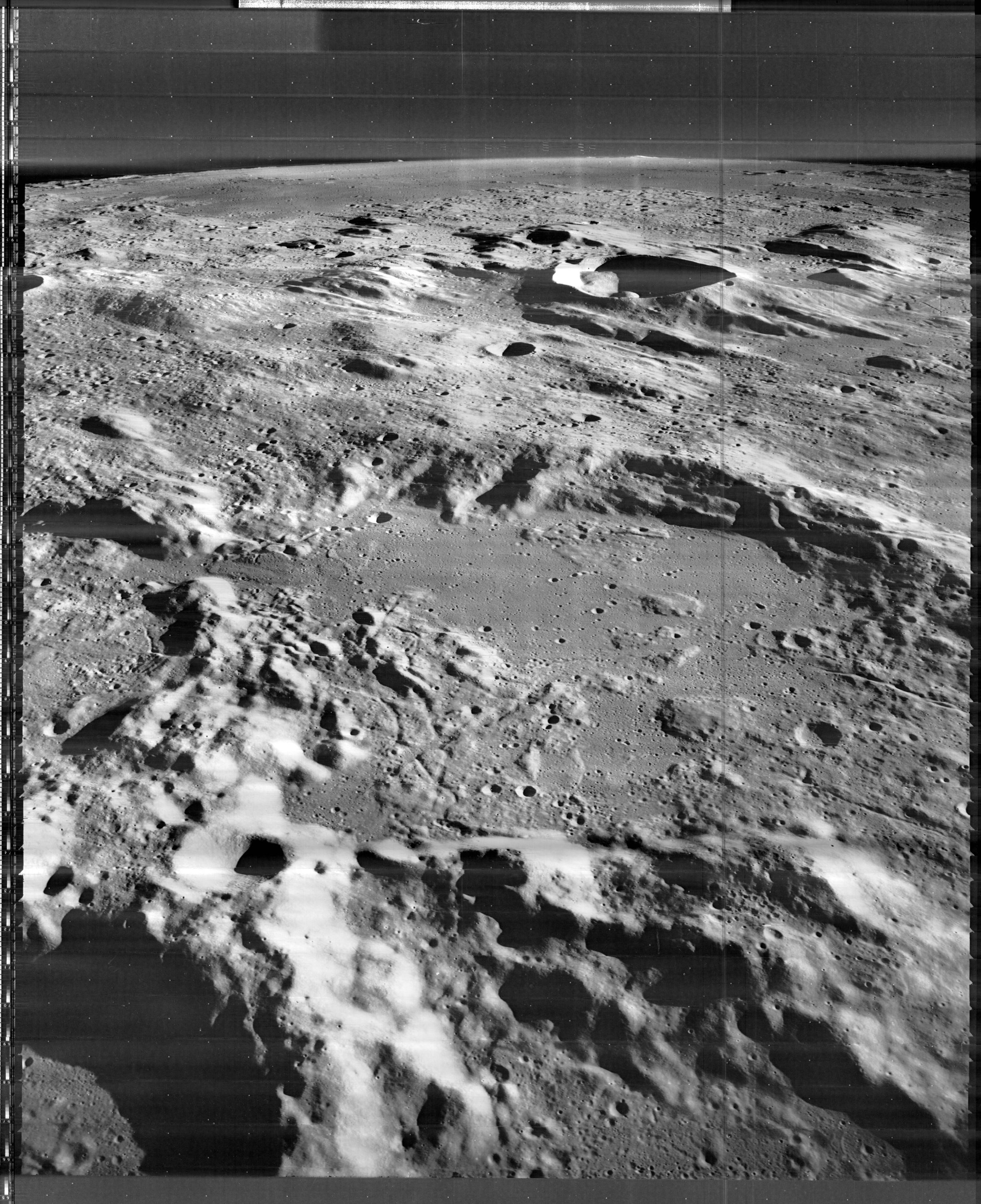

Atmospheric drag lowered the velocity by 1.712 m/s and the apogee altitude by 8665 km. After the eighth swing-by, Hiten successfully demonstrated the aerobraking technique on March 19, 1991, flying by the Earth at an altitude of 125.5 km over the Pacific at 11.0 km/s.

The transmitter on Hagoromo failed, and even though ignition of Hagoromo's deceleration rockets was confirmed by ground observation, it could never be confirmed if the spacecraft had successfully inserted itself into lunar orbit or failed to capture, entering a heliocentric orbit. On the first lunar swing-by, Hiten released a small orbiter, Hagoromo (はごろも, named after the feather mantle of Hiten), into lunar orbit. The deficiency was corrected and the probe continued on its mission. However, the injection took place with a delta-v deficit of 50 m/s, resulting in an apogee of only 290,000 km. Hiten was to be placed into a highly elliptical Earth orbit with an apogee of 476,000 km, which would swing past the Moon. The spacecraft was named after flying heavenly beings in Buddhism. It was Japan's first lunar probe, the first robotic lunar probe since the Soviet Union's Luna 24 in 1976, and the first lunar probe launched by a country other than the Soviet Union or the United States. The Hiten spacecraft (ひてん, Japanese pronunciation: ), given the English name Celestial Maiden and known before launch as MUSES-A ( Mu Space Engineering Spacecraft A), part of the MUSES Program, was built by the Institute of Space and Astronautical Science of Japan and launched on January 24, 1990.


 0 kommentar(er)
0 kommentar(er)
